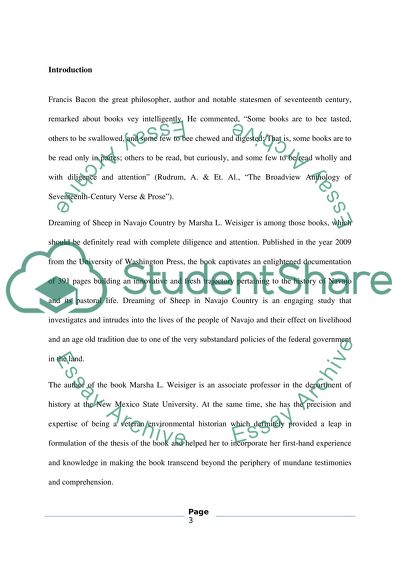Cite this document
(“Dreaming of Sheep in Navajo Country by Marsha L. Weisiger Book Report/Review”, n.d.)
Retrieved from https://studentshare.org/literature/1395593-book-review
Retrieved from https://studentshare.org/literature/1395593-book-review
(Dreaming of Sheep in Navajo Country by Marsha L. Weisiger Book Report/Review)
https://studentshare.org/literature/1395593-book-review.
https://studentshare.org/literature/1395593-book-review.
“Dreaming of Sheep in Navajo Country by Marsha L. Weisiger Book Report/Review”, n.d. https://studentshare.org/literature/1395593-book-review.


